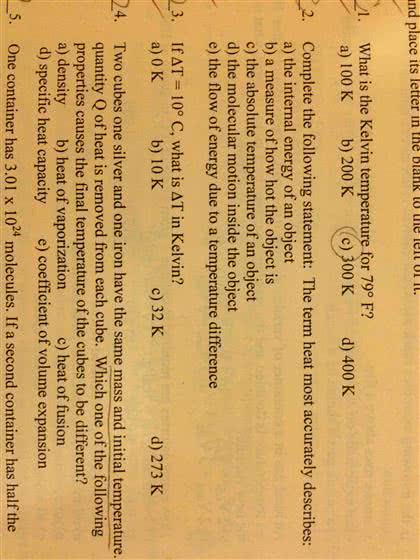STOCKSCH 100 Lecture Notes - Lecture 25: Vernalization, Frost Heaving, Osmotic Concentration
Document Summary
A (cid:373)easure of the (cid:862)heat(cid:863) of a (cid:271)ody; heat is a for(cid:373) of e(cid:374)ergy: can be transferred from one body to another, can be transformed into other forms of energy. Heat increases molecular motion: the faster the molecules move = an increase in temperatures. How does heat move: moves from hotter to colder, conduction flow through a substance, convection movement of a substance (like air or water, radiation movement without a connecting medium. Degrees kelvin: 0 k absolute zero, where molecular motion stops, 10,000 k where atoms come apart, life only happens at temperatures from where water freezes (273 k) to where water boils (373 k) Because temperature regulates chemical reactions in plants. Growth rate increases to an optimum and then declines. Temperature optimum depends on physical and biological traits of plants. At optimum temperature, plants have the highest rate of photosynthesis. In the spring, an increase in temperature will *** Row covers help raise temperatures and increase growth: 2.


